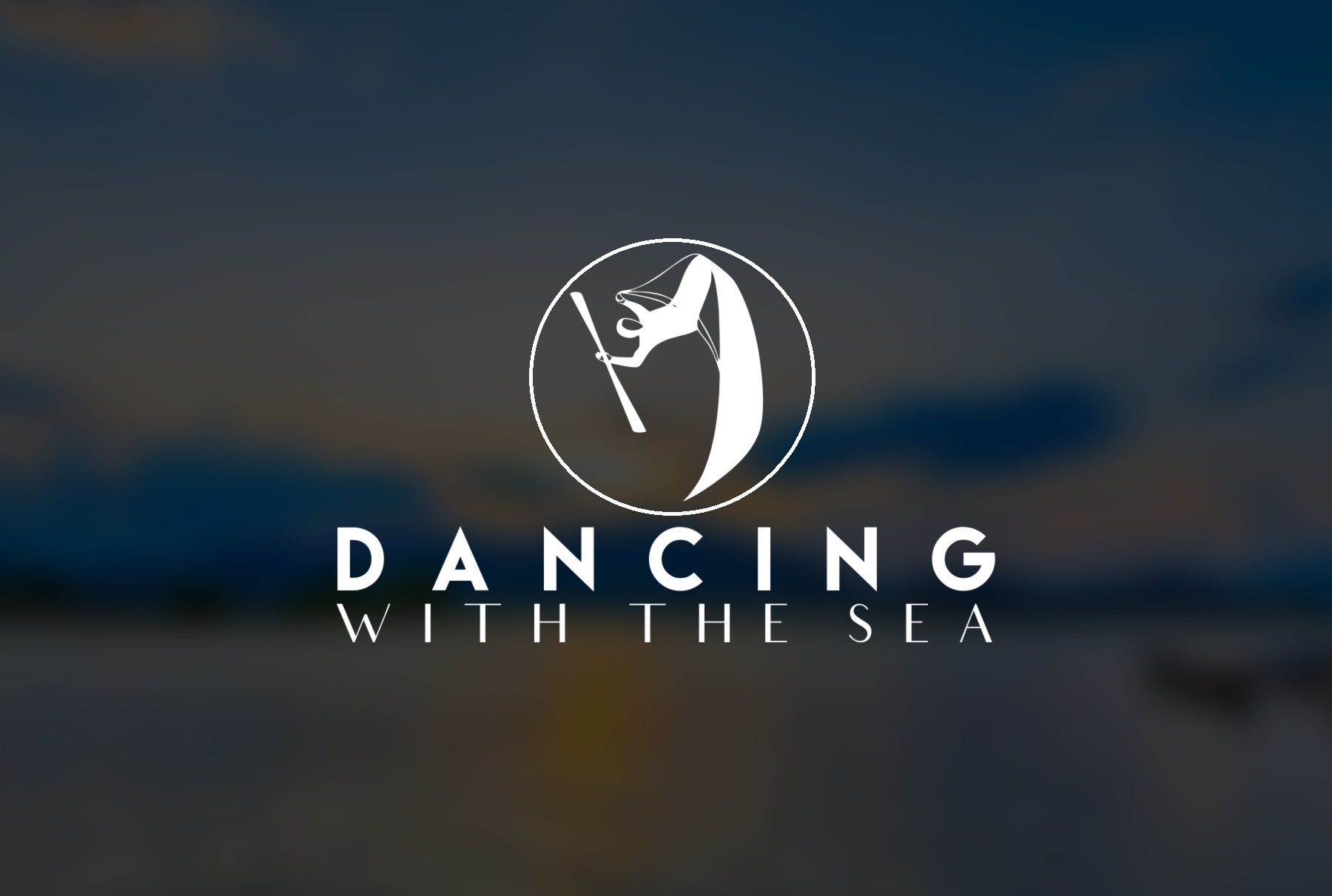Using Your Paddle As A Lever
I’m in the waves on a windy day with a student. He struggles to keep up with the rest of the group. He feels like he’s working way harder than some of the more experienced paddlers. Seems like he is taking 2 hard paddling stroke for each one of theirs.
And I wonder why.
It’s hard not to notice the difference isn’t? Some people are plowing their way with a hard steady paddle stroke. While others give the paddle a little nudge here and there, to move faster than everyone else.
It looks like they are not even trying.
So I want to help my student paddle with more ease, but I don’t know what’s going on here.
So I start paying more attention.
Most of us think we need more practice. More hours on the water before we have efficiency. Or we need to take a few more lessons.
Paddling into a head wind feels like we are not only fighting against the wind, but also against the waves.
Yet some paddlers glide through the waves with little effort.
What I discovered is there’s a way to use the energy of the wave to help you. I don’t mean surfing the wave. This works going into the waves, moving broadside to the waves, or with the waves behind you. It works even on little ripples, to help you get more distance with every stroke.
Even on a nearly calm day.
Why do some paddlers have access to this power while others do not?
The problem starts with the focus on moving the paddle back.
Have you ever seen penguins swim? They move their fins like a bird flying. There is very little backward movement. They move their fins up and down, on each side, which propels them forward at incredible speed. It’s striking how agile they are in the water.
So why are they not using their wings to push water back the way ducks kick with their feet? Have they discovered a more efficient way?
Here’s what I discovered. When I feel like I’m borrowing energy from the wave, I use my paddle like a penguin uses his wings. I may pause and hold the paddle to let a wave create the lifting motion. Or I add my own lift by pushing down with my upper hand.
The force on the water is mostly lifting, not moving back.
I will talk more about using the energy of the wave in a future chapter. Before you can absorb the energy of the wave, to use it for going forward, your body needs to be in a strong position.
That’s what I want to give you with this exercise.
I want you to forget about paddling for a moment.
Imagine that you are holding a shovel full of heavy dirt.
Take a stick or a shovel if you have one.
Don’t worry I’m not going to tell you to move water when paddling. I want to give you the feeling of how to position your body in a powerful way. That’s what’s going to make paddling feel easy on your body.
Notice how you keep your lower hand close to your side, when lifting a heavy shovel. It makes it easier to hold the weight. If you move your hand further from your core, it feels hard doesn’t it?
Now notice that if you want to move the heavy dirt a little distance, you can do so by using your core muscles.
You rotate your body.
Move your hips.
Keeps your abs tight.
Notice how much power you have when you hold your body in that position, with your lower hand close to your side.
Now replace the shovel with a paddle. Use this strong body position to pry with your paddle. It doesn’t need to move much. Notice how much power you can apply to the paddle using your core muscles.
Keep in mind we are not going for a big movement here. A very short pry with a lot of power.
When you practice this in your kayak remember how it feels. As you move your whole body, you will feel pushing pressure with your top hand. You will feel pulling with your lower hand, as if you had some weight on your shovel. You will be using your core to apply that pressure.
Here's an exercise to practice.
